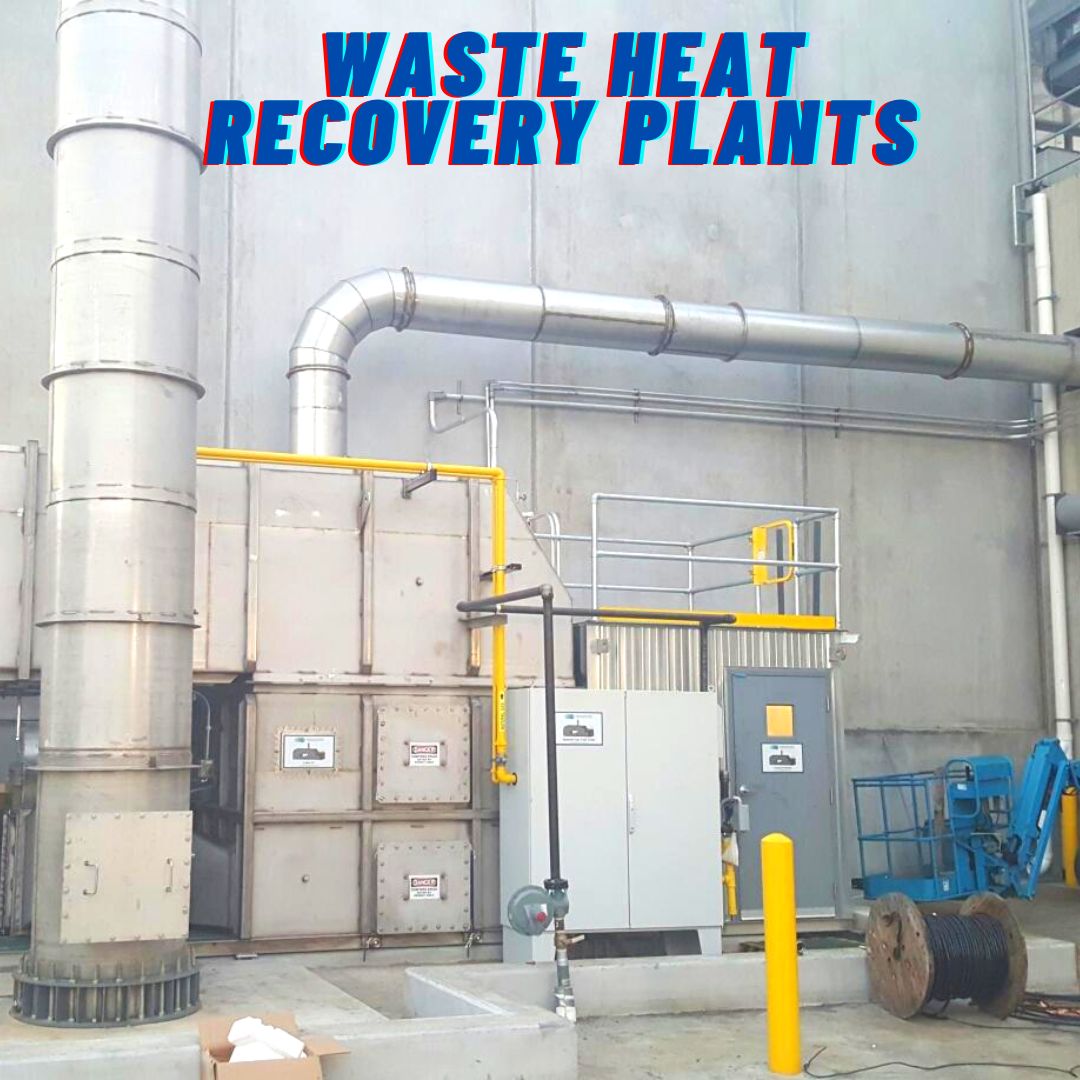
Image Credit- Wikimedia
Waste Heat Recovery Plants To Reuse Energy After Power Generation: A Way Forward In Conserving Environment
Writer: Mrinalini Kaushik
She is a student of journalism, keen on learning new ways to unlearn, deconstructing news and life. Interested in exploring new media as medium is the message. Avid follower of sports and politics
India, 14 Jun 2022 5:44 AM GMT | Updated 14 Jun 2022 7:49 AM GMT
Editor : Shiva Chaudhary |
A post-graduate in Journalism and Mass Communication with relevant skills, specialising in content editing & writing. I believe in the precise dissemination of information based on facts to the public.
Creatives : Shiva Chaudhary
A post-graduate in Journalism and Mass Communication with relevant skills, specialising in content editing & writing. I believe in the precise dissemination of information based on facts to the public.
Waste heat recovery plants have become a must for the industrial sector as they not only utilise heat energy left unused during power generation but are also an economical choice for businesses.
With the shortage of power in India during the year's deadly heatwave, the need to become carbon neutral and environmentally conscious; setting up waste heat recovery plants is the next step to stop excess energy consumption by India's manufacturing and industrial sectors.
'Waste-heat recovery' is when the heat energy is reused after power generation through unique processes which would have otherwise been disposed of in the atmosphere.
The specialised techniques include - regenerators, heat-pipe exchange, thermal wheel, economiser, etc. In Indian states such as Odisha and West Bengal, Tata Powers has set up waste heat recovery plants.
Economical And Environmentally Sound
Any industrial process requires transforming raw materials into products, resulting in heat energy generation as a byproduct. When this heat is captured rather than released in the environment, it can become a heat source for various other power plants and manufacturing processes.
For example, steel plants use this process to increase production and reduce carbon emissions through lower fuel consumption. It not only is environmentally safe, but it reduces resource capital as fuel usage lowers, as given in ThermTech.
As fuel prices increase phenomenally due to the Ukraine-Russia invasion and disruptions in supply chains due to Covid-19, the waste heat recovery plant offers a long-term method to reduce energy consumption.
Key Factor In Meeting Carbon Emission Goal
A report published in 2016 by the scientific journal Climate Dynamics as cited in ThermTech, analysed Carbon Dioxide emissions of developing countries and recommended that waste heat recovery plants be critical to 'reverse carbon emissions' by 2030 and 2050.
It is an important area for potential energy conservation and serves as a way to generate power further. Operational efficiency is the way to becoming environment-friendly and still profitable.
However, waste heat recovery plants also have some downsides. The project requires attention and human resources to operate and assess regularly.
It needs to take into account fuel costs, running hours and factory requirements, as well as servicing current equipment according to Plant and Work Engineering. Nonetheless, the effort to conserve energy and utilise waste is a sustainable goal for future generations.
 All section
All section













